Who is Theodore D. Judah and why is he buried in Federal Street Cemetery?
| Published: 05-28-2021 4:09 PM |
The marriage of Anna Feron Pierce and Theodore Denhone Judah took place in May of 1849 at the “new” stone St James Church. Anna was the daughter of John J Pierce, of the prominent Pierce family of Greenfield. Pierce Street is named after this local family.
Judah was only 24 when they married, but he already had years of railroad experience and a dream to expand the railroad across the United States. Born in Bridgeport, Connecticut, he had studied engineering at what became the Rensselaer Polytechnic Institute in Troy, New York. He was headquartered in Greenfield while laying out the Connecticut River Railway when he met Anna. His connections to Greenfield include membership in the Republican Lodge of Masons in 1854. She supported his grand ideas. They had no children.
Judah worked on the Erie Canal and helped design the Niagara Gorge railroad before going out west. He built the Sacramento Valley Railroad in 1856, the first in California.
His ideas led to his being called “Crazy Judah.” Finding a feasible route through the mountains was a formidable task. (Mount Judah was renamed in his memory at the Donner Pass in California.)
It was hard to convince financiers that he could build his railroad in half the time they believed necessary. Beginning in California, where materials were scarce, and at a time when labor was limited during the Civil War, all acted against him.
Judah wrote a 13,000-word 1857 pamphlet, ‘A Practical Plan for Building the Pacific Railroad,’ which laid out the idea for building his railroad. He founded the Central Pacific Railroad and was its chief engineer. His plan was to cross the continent at 25 miles per hour. Wagon trains had taken 4-5 months and stagecoaches 25 days, railroad passengers could cross the whole country in 10 days.
He planned and personally raised funds for the eastward construction of the transcontinental railroad from Sacramento thru the Sierra Nevada mountain range in California. His plan had 15 tunnels to avoid steep grades of the Sierras. Tunnel six was an amazing feat of 19th century engineering. It has a curving slope and goes through 1,659 feet of solid granite, one of the hardest natural materials. (For perspective, the Hoosac Tunnel is 25,000 feet long and was completed in 1873). This route includes the famous Donner Pass at 7,000 feet, with Mount Judah at its summit. This line eventually met the Union Pacific Railroad at Promontory Point Utah on May 10, 1869.
In 1862, Congress passed the Railroad Act authorizing a railroad. Judah did it all to get the Transcontinental Railroad started. The Union Pacific Railroad was constructed from the end of the Eastern rail system at Council Bluffs, Iowa, west toward Utah. The Central Pacific would start in Sacramento from the end of the line linking it to Oakland, and broke ground in January of 1863.
Article continues after...
Yesterday's Most Read Articles
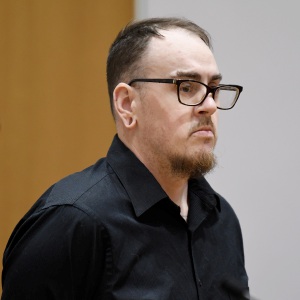 Orange man gets 12 to 14 years for child rape
Orange man gets 12 to 14 years for child rape
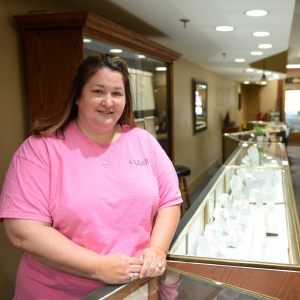 Cleary Jewelers plans to retain shop at former Wilson’s building until 2029
Cleary Jewelers plans to retain shop at former Wilson’s building until 2029
 Greenfield Police Logs: April 2 to April 8, 2024
Greenfield Police Logs: April 2 to April 8, 2024
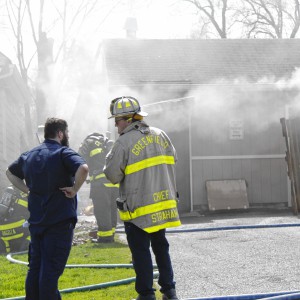 Fire scorches garage on Homestead Avenue in Greenfield
Fire scorches garage on Homestead Avenue in Greenfield
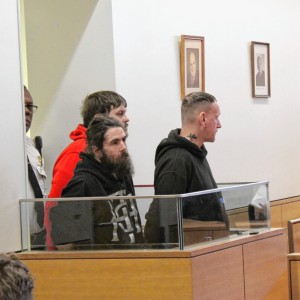 One Greenfield home invasion defendant up for bail, other three held
One Greenfield home invasion defendant up for bail, other three held
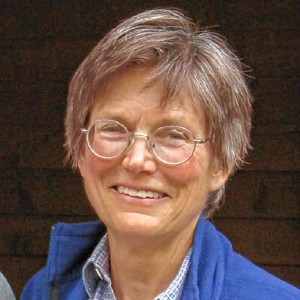 Two local school advocates tapped to lead state’s new Small and Rural Schools Committee
Two local school advocates tapped to lead state’s new Small and Rural Schools Committee
Due to the Civil War, railroad laborers were difficult to find. At that time, Chinese laborers were used on the western road, hired right off the boats arriving from China. These men worked 10 hours a day, six or seven days a week for poor wages. In one day, on April 28, 1869, a group of Italian and Chinese laborers set a record, laying 10 miles of track in one day.
Judah was bitten by a mosquito and contracted malaria in Panama in 1863 while traveling to New York to find new investors in his railroad. At that time, it was common to travel overland across Panama rather than by sea around the Cape Horn in South America and save many weeks at sea. But he did not live long enough to see the completion of his dream. He passed away in November of 1863, shortly after arriving in New York and was buried in the Pierce family plot at Federal Street Cemetery in Greenfield.
Memorial plaques were erected in Sacramento and Folsom, elementary schools named for him. The Central Pacific Railroad named a locomotive for him, the city of Sacramento named a streetcar from him. The Amherst Railway Society paid for the sign in front of the cemetery to honor his achievements.
In 2019, the 150th commemoration of the completion of the Transcontinental Railroad was a large event attended by many thousands, the author attended with a group from the National Historic Railroad Association. During the ceremonies, the descendants of the Chinese and Italian immigrants who were largely responsible for the labor to bring the rail from the west coast were honored.
Philip Johnson is a resident of Erving, previously of Greenfield. He is a railroad author and historian. Now retired, he worked as a Quantity Engineer for several high-tech companies, most recently Pelican Products in South Deerfield.

 Speaking of Nature: Indulging in eye candy: Finally, after such a long wait, it’s beginning to look like spring is here
Speaking of Nature: Indulging in eye candy: Finally, after such a long wait, it’s beginning to look like spring is here Celebrating ‘Seasonings’: New book by veteran preacher and poet, Allen ‘Mick’ Comstock
Celebrating ‘Seasonings’: New book by veteran preacher and poet, Allen ‘Mick’ Comstock Faith Matters: How to still the muddy waters of overthinking: Clarity, peace and God can be found in the quiet spaces
Faith Matters: How to still the muddy waters of overthinking: Clarity, peace and God can be found in the quiet spaces A time for every purpose under heaven: Free sing-a-long Pete Seeger Fest returns to Ashfield, April 6
A time for every purpose under heaven: Free sing-a-long Pete Seeger Fest returns to Ashfield, April 6
